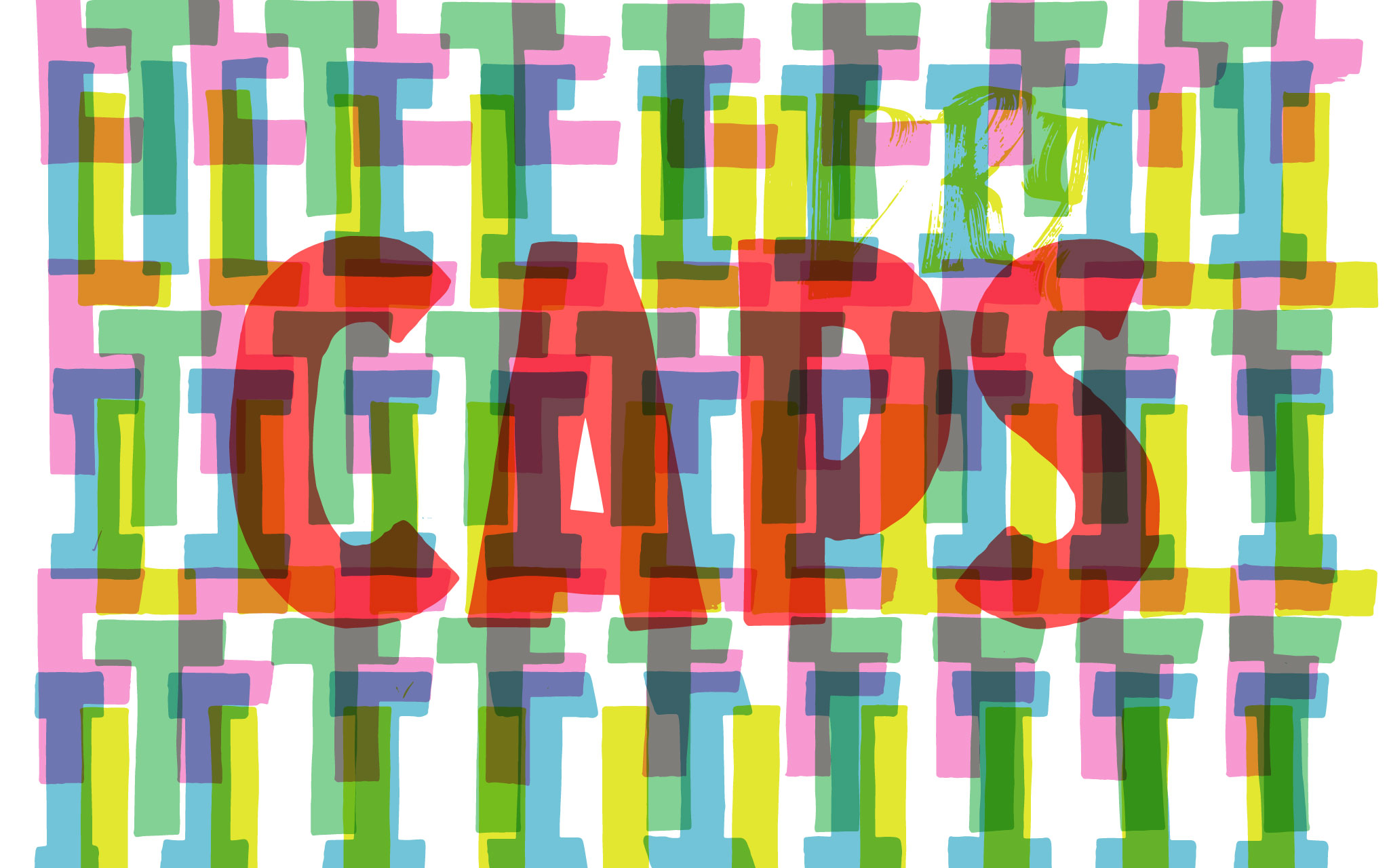Your cart is currently empty!

Building the Alphabet:
UPPERCASE part 2
Last week I started working on the uppercase with the letters “H” and “O”. This week I dived into the characters with strong verticals and horizontals, “I, T, E, F” and “L”.
These five characters are based closely on the “H” with the simple orthogonal strokes.
Uppercase I
Going back to my research, I remembered I’d need to do an alternate “I” with no serifs or cross strokes at the top and bottom, as the uppercase I seemed to have cross strokes only when alone or an initial. It was often without them when in the middle of a word. So I started out by making some straight vertical lines. These differed from the lowercase “l” in that there is no incline on the top.
[fusion_imageframe image_id=”2028″ style_type=”none” stylecolor=”” hover_type=”none” bordersize=”” bordercolor=”” borderradius=”” align=”none” lightbox=”no” gallery_id=”” lightbox_image=”” alt=”” link=”” linktarget=”_self” hide_on_mobile=”small-visibility,medium-visibility,large-visibility” class=”” id=”” animation_type=”” animation_direction=”left” animation_speed=”0.3″ animation_offset=””]http://staging.quakercreative.com//wp-content/uploads/2017/08/I-1024×703.jpg[/fusion_imageframe]
The cross strokes for the main “I” needed to be shorter so that the character is condensed, but not so short as to look awkward. It’s just a matter of getting a sense of what negative space looks “right” with the other glyphs.
Also, I noticed that the form seemed a bit more “alive” or “energetic” if I put a bit of a forward diagonal on the ends of the cross strokes. It moved the eye forward a bit more eagerly, which felt appropriate for a protest font.
Uppercase T
I drew the uppercase “T” next since I had just done a very similar form. The cross stroke (arms) at the top needed to be a bit wider, closer to the width of the “H” so as to distinguish itself a bit better from the “I” at a glance.
[fusion_imageframe image_id=”2031″ style_type=”none” stylecolor=”” hover_type=”none” bordersize=”” bordercolor=”” borderradius=”” align=”none” lightbox=”no” gallery_id=”” lightbox_image=”” alt=”” link=”” linktarget=”_self” hide_on_mobile=”small-visibility,medium-visibility,large-visibility” class=”” id=”” animation_type=”” animation_direction=”left” animation_speed=”0.3″ animation_offset=””]http://staging.quakercreative.com//wp-content/uploads/2017/08/T-1024×713.jpg[/fusion_imageframe]
I also made a couple alternates with the arms shorter on one side or the other, for use with kerning next to glyphs that are wider at the top, like “Y” or “V” or “W”. I may need to take a few more stabs at those alternates later, but this was a good place to start.
Uppercase E
Uppercase “E” is a bit narrower than “H” and “T”. As with “I” and “T”, having a slight forward tilt on the edge of the horizontal strokes gives the “E” a bit of energy.
[fusion_imageframe image_id=”2027″ style_type=”none” stylecolor=”” hover_type=”none” bordersize=”” bordercolor=”” borderradius=”” align=”none” lightbox=”no” gallery_id=”” lightbox_image=”” alt=”” link=”” linktarget=”_self” hide_on_mobile=”small-visibility,medium-visibility,large-visibility” class=”” id=”” animation_type=”” animation_direction=”left” animation_speed=”0.3″ animation_offset=””]http://staging.quakercreative.com//wp-content/uploads/2017/08/E-1024×707.jpg[/fusion_imageframe]
Of course it’s good to remember to put the “tie”—the middle stroke—a bit higher than midway so that it’s optically centered.
Uppercase F
The lower cross stroke on the “F” needs to be lower than it’s counterpart on the “E” so the “F” isn’t top heavy. It’s all about optical balance.
[fusion_imageframe image_id=”2026″ style_type=”none” stylecolor=”” hover_type=”none” bordersize=”” bordercolor=”” borderradius=”” align=”none” lightbox=”no” gallery_id=”” lightbox_image=”” alt=”” link=”” linktarget=”_self” hide_on_mobile=”small-visibility,medium-visibility,large-visibility” class=”” id=”” animation_type=”” animation_direction=”left” animation_speed=”0.3″ animation_offset=””]http://staging.quakercreative.com//wp-content/uploads/2017/08/E-F-1024×710.jpg[/fusion_imageframe]
The width should be about the same as the “E” though.
Uppercase L
Surprisingly, I found the “L” to be a bit of a challenge. The simpler the letter, the more little details make a big difference. In the case of “L” it was the lean of the stem, the length of the cross stroke, and the tilt of the fore edge that made a difference.
[fusion_imageframe image_id=”2029″ style_type=”none” stylecolor=”” hover_type=”none” bordersize=”” bordercolor=”” borderradius=”” align=”none” lightbox=”no” gallery_id=”” lightbox_image=”” alt=”” link=”” linktarget=”_self” hide_on_mobile=”small-visibility,medium-visibility,large-visibility” class=”” id=”” animation_type=”” animation_direction=”left” animation_speed=”0.3″ animation_offset=””]http://staging.quakercreative.com//wp-content/uploads/2017/08/L-1024×705.jpg[/fusion_imageframe]
The stem needed to lean forward ever so slightly to give the character the right balance. The length of the cross stroke and the tilt of the fore edge on that stroke had to be just right to give the “L” movement, energy, visual flow, and balance with the stem.
Up Next
Next week I’ll work on diagonals, “N, M, A, V” and “W”.
Tags:

Leave a Reply